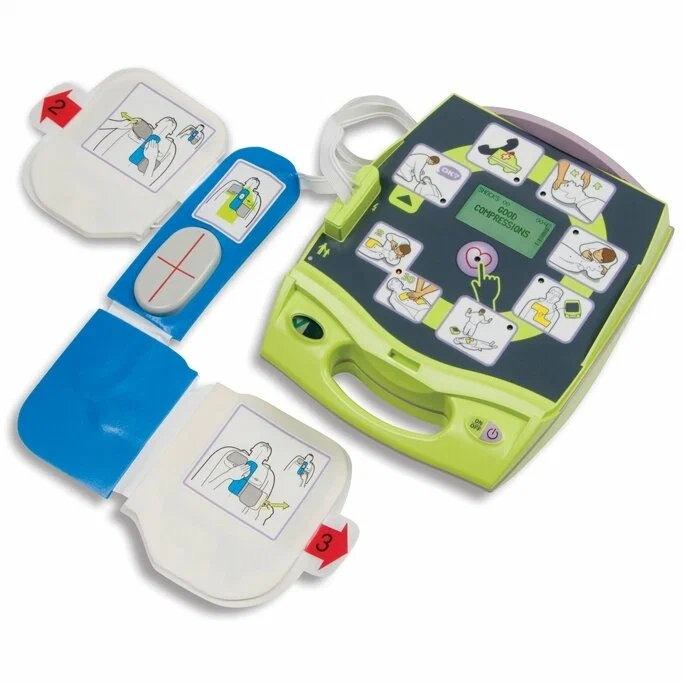Automated External Defibrillators Market: Navigating the Hindrances to Global Implementation

Despite the growing recognition of the life-saving potential of automated external defibrillators (AEDs) market, it faces several hindrances that could limit its full potential. These challenges include high initial costs, inconsistent regulations, a lack of awareness in certain regions, and issues related to training and maintenance.
One of the primary hindrances in the AED market is the high initial cost of the devices. While prices have decreased over time, AEDs can still be prohibitively expensive for smaller businesses, schools, or organizations with limited budgets. In addition to the upfront cost, there are ongoing maintenance expenses, such as battery replacements and electrode pad renewals, which add to the financial burden. This can prevent some institutions from investing in AEDs, particularly in developing regions where healthcare budgets are constrained.
Regulatory inconsistencies across different regions also present a challenge. In some countries, regulations mandating the installation of AEDs in public spaces are either insufficient or nonexistent. Meanwhile, in other regions, there may be stringent requirements that make it difficult for companies to manufacture and distribute AEDs. The lack of uniformity in regulations can complicate the market landscape, slowing down the expansion of AEDs in certain regions and creating barriers to entry for manufacturers.
A significant barrier in the AED market is the lack of awareness and education, especially in less developed areas. Many people are unaware of sudden cardiac arrest and the critical role AEDs play in improving survival rates. Without widespread education and public campaigns, the adoption of AEDs remains limited.
In addition, without proper training, even the best AED devices may go underused. Training programs are essential to ensure that people can use AEDs correctly in emergencies, but many organizations are hesitant to invest in comprehensive training, hindering the device's effectiveness in real-world situations.
To overcome these hindrances, it is essential to focus on reducing costs, standardizing regulations, raising awareness, and improving training programs, which will ultimately drive the wider adoption of AEDs.
- Industry
- Art
- Causes
- Crafts
- Dance
- Drinks
- Film
- Fitness
- Food
- Jocuri
- Gardening
- Health
- Home
- Literature
- Music
- Networking
- Alte
- Party
- Religion
- Shopping
- Sports
- Theater
- Wellness
- News


